In the realm of modern agriculture, the Internet of Things (IoT) has emerged as a transformative force, ushering in an era of unprecedented efficiency and precision. The journey of IoT in agricultural analytics, aptly described as “From Soil to Insight,” represents a leap from traditional farming practices to a data-driven approach that leverages technology for enhanced productivity and sustainability.
The essence of IoT in agriculture lies in its ability to turn vast amounts of data into actionable insights. By embedding sensors in the soil, deploying drones for aerial surveillance, and utilizing smart farming equipment, IoT systems gather critical information on soil conditions, crop health, weather patterns, and more. This data is then processed and analyzed to guide decision-making processes, from planting to harvesting.
One of the key benefits of IoT in agriculture is its impact on water conservation. Soil moisture sensors provide real-time data, allowing for precise irrigation. This not only saves water resources but also ensures optimal growing conditions for crops, leading to improved yields. Similarly, IoT-enabled weather stations help farmers anticipate weather changes and plan their activities accordingly, reducing the risk of crop damage due to unforeseen weather events.
Pest control is another area where IoT makes a significant difference. By using sensors and drones to monitor crop health, farmers can identify pest infestations early and target their interventions more effectively. This reduces the reliance on broad-spectrum pesticides, promoting a more environmentally friendly approach to pest management.
IoT also plays a crucial role in supply chain management. With real-time tracking of produce from farm to market, IoT ensures the integrity and quality of agricultural products. This traceability is essential not only for food safety but also for meeting the compliance requirements of various markets, thereby enhancing market access for farmers.
Despite its many advantages, the integration of IoT in agriculture does face challenges, such as the need for robust connectivity in rural areas, high initial investment costs, and concerns regarding data security and privacy. Addressing these challenges requires concerted efforts from technology developers, policymakers, and the agricultural community.
Moreover, the advancement of IoT in agriculture is paving the way for more personalized farming practices. With the aid of IoT, farmers can now adopt a more granular approach to agriculture, tailoring their strategies to the specific needs of different sections of their fields. This concept, known as precision agriculture, optimizes inputs like fertilizers and pesticides, thereby reducing costs and environmental impact. It also improves crop yields by ensuring that each area of the field receives exactly what it needs for optimal growth.
The integration of IoT with other technologies like Big Data analytics, AI, and machine learning further enhances its capabilities. For example, predictive analytics can forecast crop yields and market demands, enabling farmers to plan better and maximize profits. AI algorithms can analyze data from various sources to provide recommendations for crop rotation, soil management, and pest control, leading to more informed and efficient farming practices.
Furthermore, IoT technology is instrumental in bridging the gap between rural and urban areas. By providing rural farmers with access to cutting-edge technology, IoT is democratizing the agricultural sector. Smallholder farmers, who often lack resources and access to markets, can benefit significantly from IoT solutions. These technologies provide them with insights that were previously available only to large-scale farmers, leveling the playing field and promoting more equitable growth in the agricultural sector.
However, the adoption of IoT in agriculture also requires a focus on education and training. Farmers must be equipped with the necessary skills to leverage these technologies effectively. Initiatives aimed at providing training and support are essential for the successful implementation and utilization of IoT in the agricultural sector.
This ongoing journey of IoT in agriculture also has significant implications for global food security and climate change mitigation. As the world’s population continues to grow, the demand for food increases, putting pressure on agricultural systems to produce more with less. IoT technologies offer a viable solution by enhancing crop yields and reducing waste throughout the food production and supply chain. Smart farming techniques enabled by IoT can significantly increase production efficiency, making it possible to feed more people without overburdening the planet’s resources.
Additionally, IoT’s role in combating climate change cannot be overstated. Agriculture is both a victim and a contributor to climate change, but with IoT, farmers can monitor and reduce their carbon footprint. For instance, precision agriculture reduces the overuse of fertilizers and pesticides, which are significant sources of greenhouse gases. Smart irrigation systems minimize water usage, conserving a critical resource and reducing energy consumption in water distribution.
The future of IoT in agriculture also hinges on the development of more robust and affordable technologies. As IoT devices become more cost-effective and user-friendly, their adoption is likely to accelerate, especially in developing countries. This democratization of technology will play a crucial role in transforming agricultural practices globally, ensuring that the benefits of IoT are accessible to all farmers, regardless of their size or location.
Moreover, the integration of IoT with emerging technologies such as blockchain can enhance transparency and trust in the agricultural supply chain. Blockchain’s ability to provide a secure and immutable record of transactions, combined with IoT’s data collection capabilities, can create a transparent supply chain from farm to table. This level of transparency is beneficial for both consumers and producers, ensuring fair trade practices and building consumer trust in agricultural products.
The journey of IoT in agricultural analytics – “From Soil to Insight” – is a compelling narrative of innovation and progress. It signifies a shift towards more intelligent, sustainable, and inclusive agricultural practices. As this journey unfolds, it holds the promise of a better future, where technology and agriculture work hand in hand to address some of the most pressing challenges of our time, including food security and climate change. The potential of IoT in transforming agriculture is vast, and its journey has just begun.
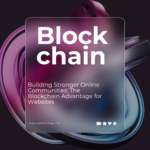
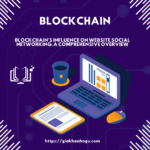





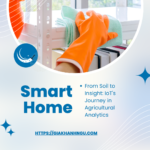


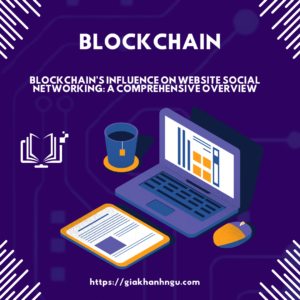
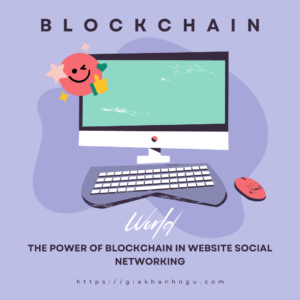

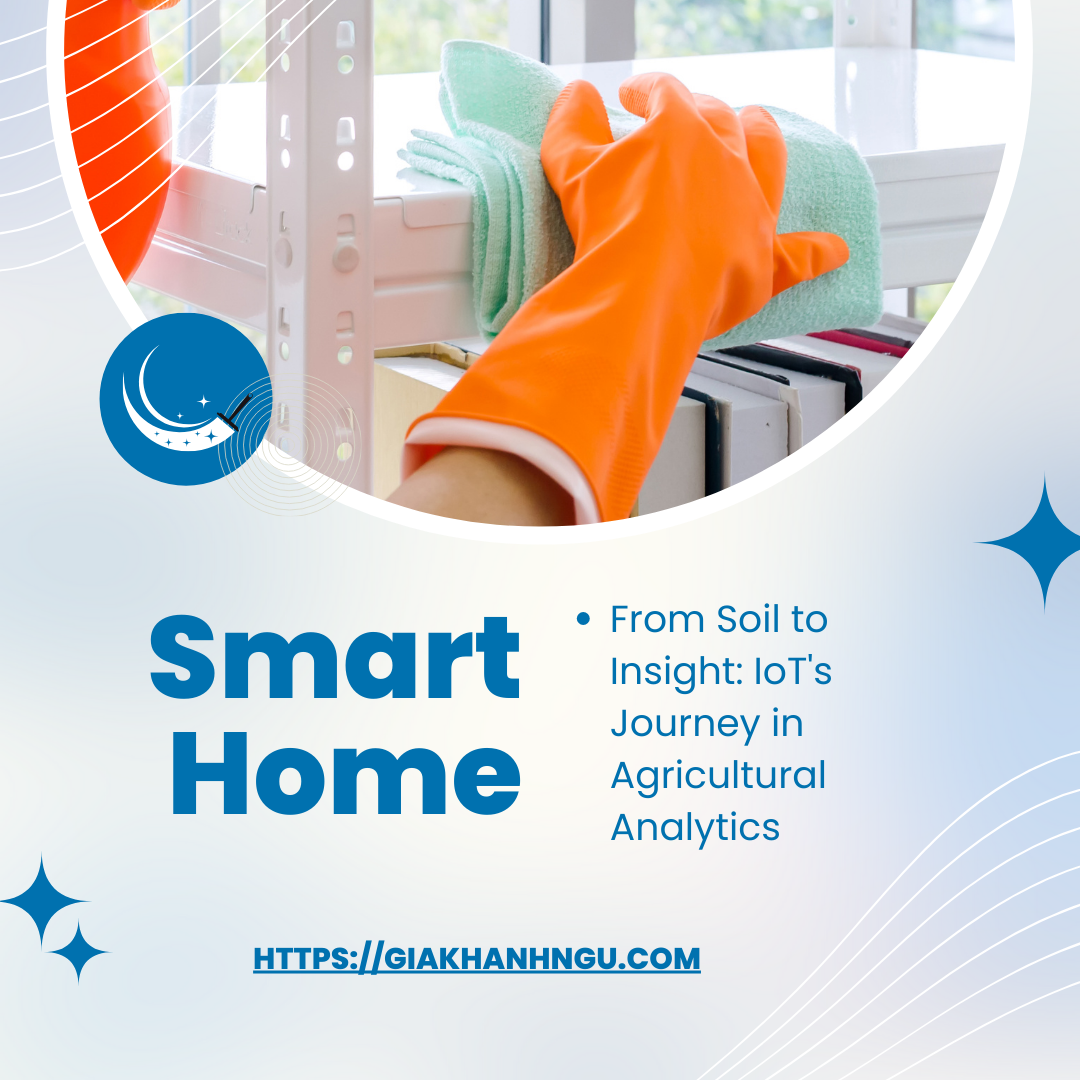
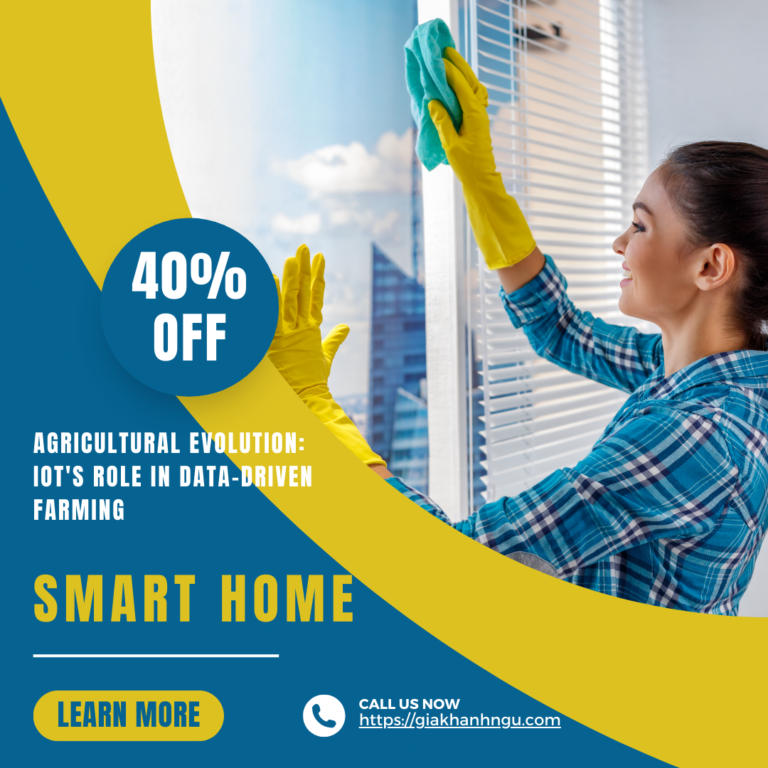
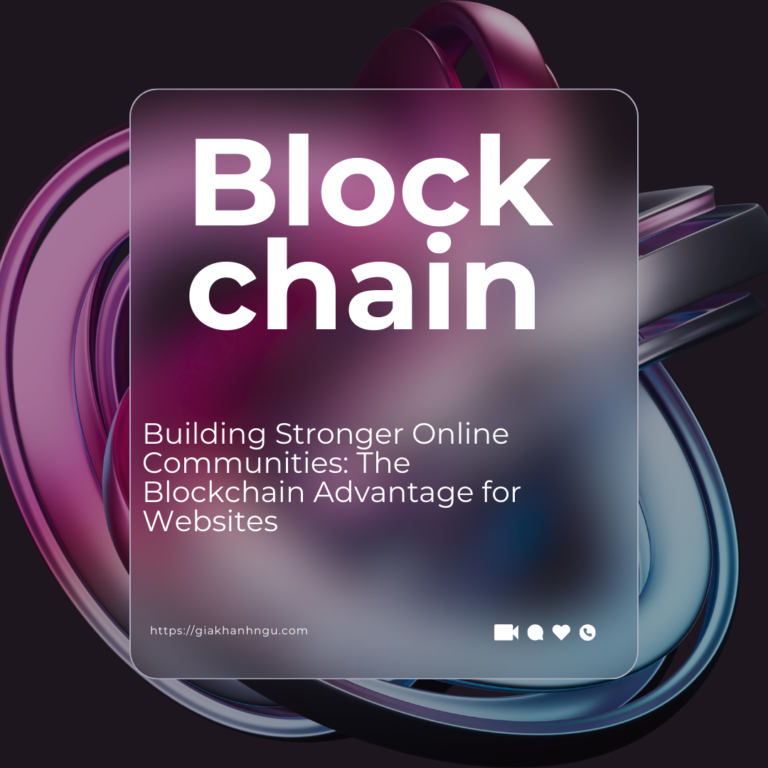




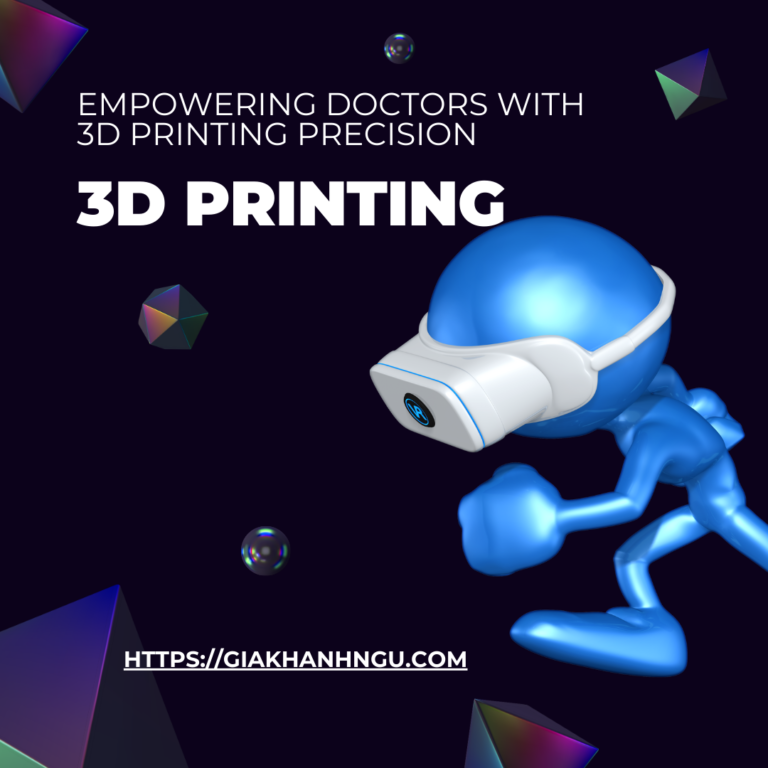



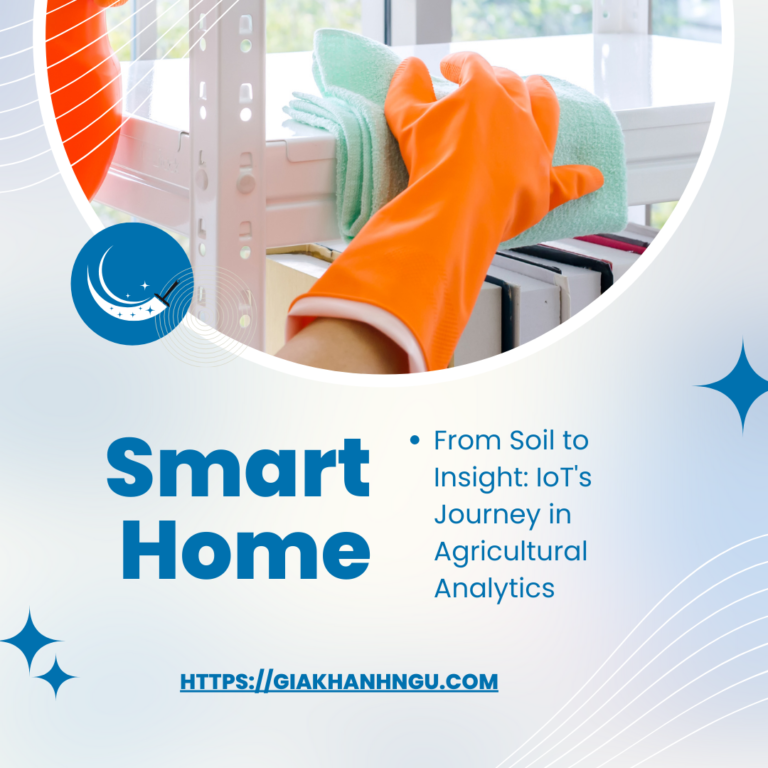
+ There are no comments
Add yours